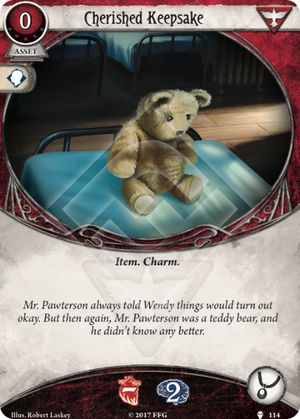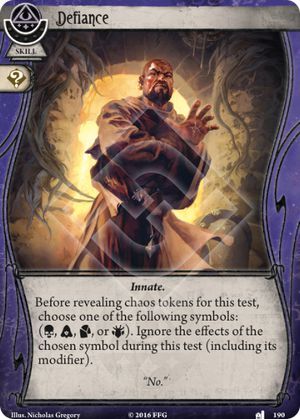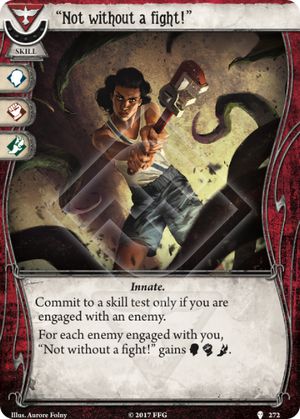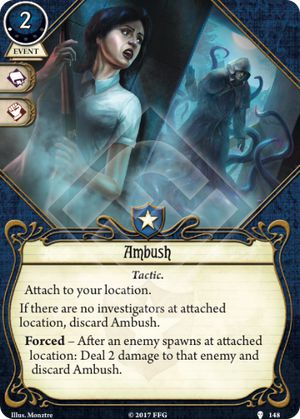
Having played Daisy quite a bit now, I can say that I don't care much for this card. Usually as Daisy, you only need one useful tome out (Typically Old Book of Lore or Encyclopedia). Once you have the book, your other hand slot should generally stay free in anticipation of drawing The Necronomicon.
The action and resources spent playing this out do nothing to directly help the investigators win, and often won't do anything even as the game drags on when either you don't need or can't play the other books, such as Medical Texts or even Book of Shadows, both of which are situational to begin with.
If your build really relies on having this many tomes out at once, then you'll be stuck waiting for this card to appear. Unlike your Tomes, this can't be tutored for by Research Librarian.
My take: if you play Daisy, assume you have only one hand slot. This isn't a big deal as your best killing tools, such as the acidic Strange Solution or "I've got a plan!", or even evasion tools such as Archaic Glyphs don't require a hand slot. You don't really need Magnifying Glass or Flashlight, nice as they are, when you can use Old Book of Lore to draw stat boosters or Encyclopedia to get a flat +2 for the entire turn.
Daisy's Tote Bag is best saved to commit to a skill test. Seekers simply don't have the time to durdle around with a potentially-meaningful hand slot increase when you can just deckbuild around it from the start.



